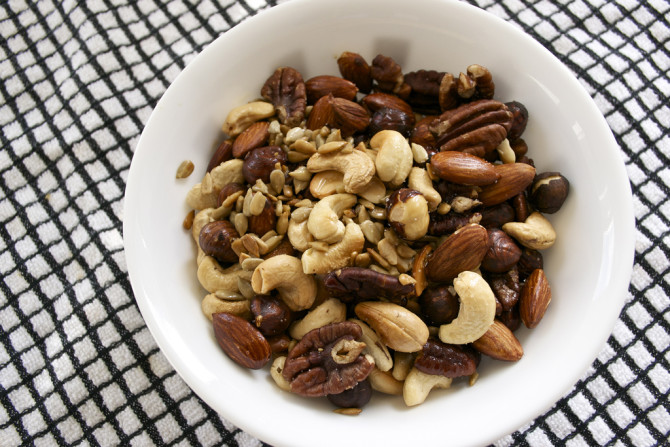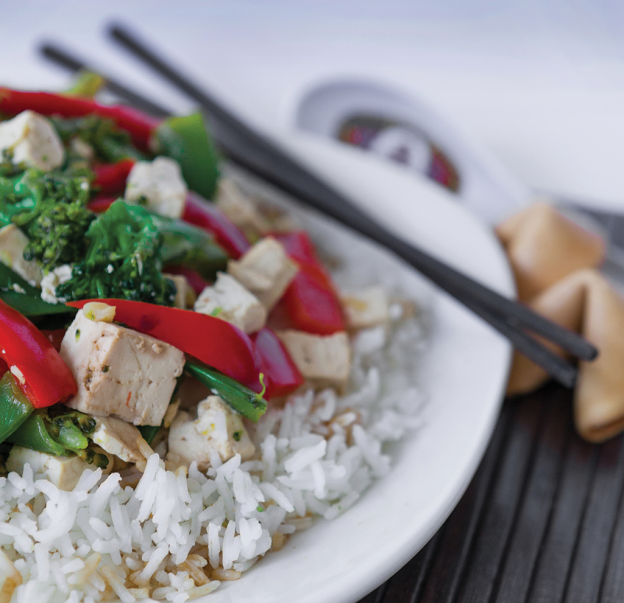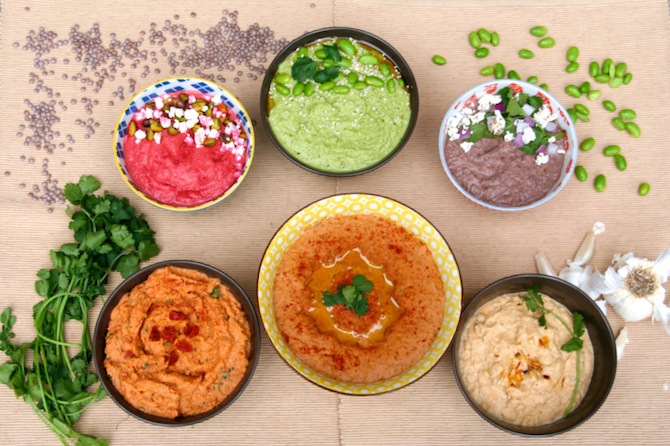The p word. You’ve probably heard lots about it before. Some good, some bad, some confusing and probably most of it theoretical. But what do these numbers mean? And how much do you need? We’ll break it down for you.
Here’s an easy way to calculate approximately how much protein you need:
- Take your weight in pounds.
- Divide that number by 2.2. This is your weight in kilograms.
- Take that number and multiply it by: 0.8 if you’re a regular healthy active person, 1.0 if you’re an intense athlete.

Photo by Kirby Barth
If you’re recovering from surgery, growing, or have certain diseases, the number is different, but for normal healthy adults, this formula is a quick way to estimate your needs.
What actually is protein, you ask? Protein is one of the three macronutrients (along with lipids and carbohydrates) and is made of long chains of amino acids. Found in every body part and tissue in the body, protein acts to maintain structure, act as a receptor and transporter in cells, and is the building block for new tissues.

Photo by Danny Schuleman
There are 20 amino acids, or protein building blocks. Your body can make 11 of the 20 amino acids through some pretty neat metabolic processes. The other 9 amino acids must come from your diet. These are called indispensable or “essential.”
There used to be a rumor that you needed to eat all the essential amino acids together to benefit from them being “complementary” — (like the idea that you need to eat beans and rice together to have a ‘complete’ source of protein). Turns out, this isn’t actually true. As long as you get them all over time, you don’t actually need to eat them side by side.

Photo by Paige Twombly
Protein is found in a lot of places. Classically, many think of meat and of course, eggs, but it’s also present in grain products (like quinoa, oats, and bread), legumes (think chickpeas, black beans, hummus, and lentils, nuts, soy products (tofu, edamame, etc), seeds and lots of other plant based foods. It’s even in vegetables, often in surprising amounts (1 cup of #kale has nearly 3 grams!). The key? Aim for a variety of healthy protein foods, and you’ll be good to go.


